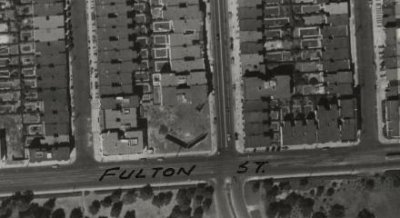vitanola
I'll Lock Up
- Messages
- 4,254
- Location
- Gopher Prairie, MI
Sounds to me like you're discussing more the 1930s than the 1940s.... From what I remember the wartime economy post December, 1941 put danged near anyone to work from there til the end of the Space Race in the early 1970s...
Yes, and any consumer goods which could be purchased would fly off of the shelves, including luxury items like phonograph records and mutation mink.
Remember that our national product of 1937 surpassed that of the 1928 peak, and that unit sales of motor cars, farm machinery, steel products, appliances and phonograph records were all approaching record levels before the WPB began to divert raw materials for the National Defense.
On the other hand, in the alternate universe occupied by a number of politically motivated "revisionist historians" who cchgn appears to follow, our economy was wonderful up until March 4, 1933, at which point it collapsed utterly, plunging Americans into an economic maelstrom from which they could not escape until January 20, 1953.




